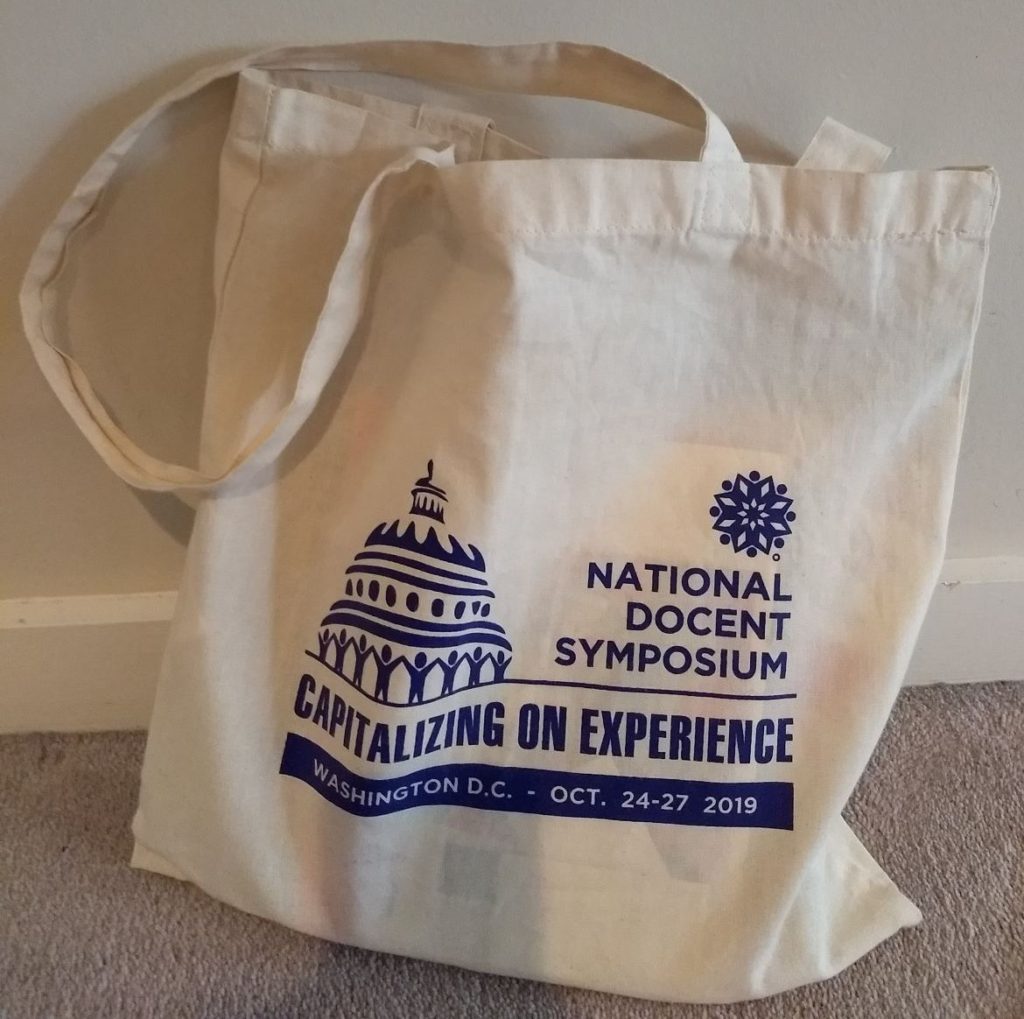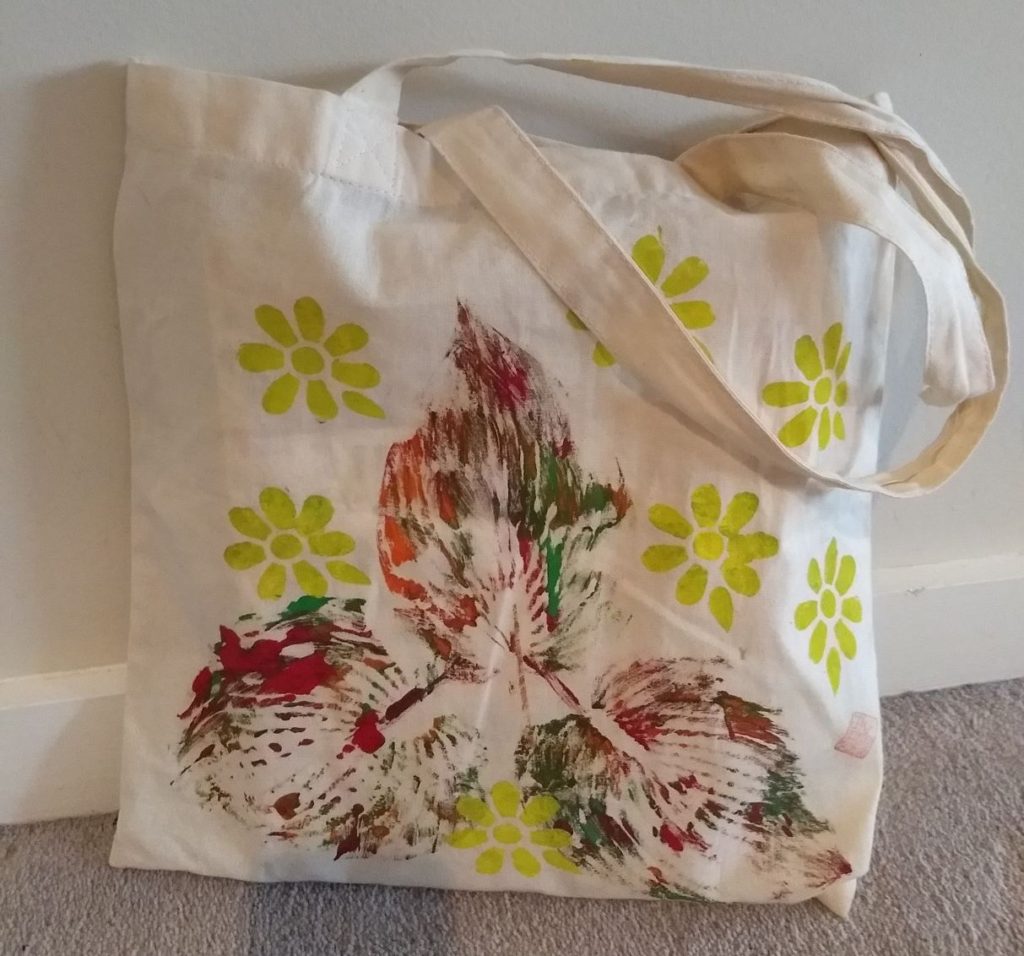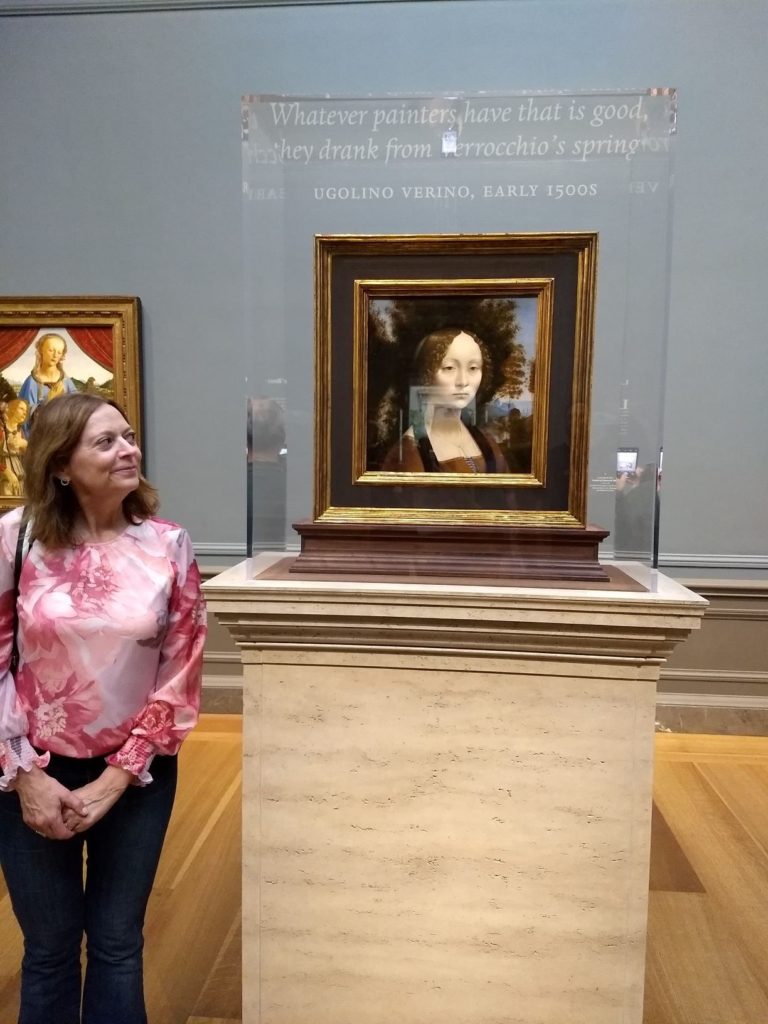The most recent biannual National Docents Symposium (NDS) took place October 24-27 in Washington DC. This week attendee Margaret Johnston describes her experience.
I had not been to Washington DC since I was a teenager so the National Docent Symposium was a great opportunity for a return visit now that I have a lot more appreciation for all of the amazing history, art and culture that the city offers.
In was a nice surprise to see that our conference swag included hand stenciled cotton tote bags made by some of the Smithsonian Museum docents and an art piece from the Art-o-mat project, re-furbished cigarette vending machines that now dispense art.


I took the afternoon out tour to the fabulous Library of Congress Jefferson Building – featuring allegorical murals, statues, mosaics, the Gutenberg Bible, recreation of Jefferson’s library and the spectacular domed Reading Room. The tour just scratched the surface of all the fantastic things to see there.
There were lots of wonderful, inspiring speakers at the conference meals. Kaywin Feldman, Director of the National Gallery of Art in Washington DC gave an excellent talk about trends in society affecting consumers, their impact on museums and how these impact the work of engaging our visitors. FYI She gave a (bit longer) very similar talk : “A Mandate for Art Museum Education in the Twenty-First Century” at the Frick in July that you can watch on YouTube.
Karleen Gardner, Director of Learning Innovation at the Minneapolis Institute of Art talked about using art as a catalyst to help foster understanding, connections, empathy, and creative thinking with our visitors. The message was to create experiences around art objects using storytelling and representing multiple narratives and perspectives. She suggested using questions that encourage visitors to take other perspectives and to think differently about issues that they come across every day. For instance, ask people to pick a colour that describes their mood right now or ask them to identify someone they can empathize with OR can’t relate to in an artwork.
Another technique mentioned was from Harvard University’s Project Zero Step in, step out, step back:
- Choose: Identify a person in the art piece you are looking at
- Step In: Given what you see and know at this time, what do you think this person might feel, believe, know, or experience?
- Step out: What else would you like or need to learn to understand this person’s perspective better?
- Step back: Given your exploration of this perspective so far, what do you notice about your own perspective and what it takes to take somebody else’s?
Joanna Marsh and Anne Showalter from the Smithsonian American Art Museum SAAM talked about their ReFrame web series where they use experts throughout the Smithsonian Museum family to interpret works in their collection in a new way. The fun, six episode series (including a Mickalene Thomas piece) is available to watch here (5-6 min. each).
There were also six breakout sessions / workshops where we had a choice of eight different presentations. My favourites were one by the National Portrait Gallery on Maximizing Your Permanent Collection by creating theme tours and Facilitating Interactive Adult Tours by the Amon Carter Museum of American Art.
The National Docent Symposium Council posts many of the workshop presentations and handouts on their website. There is also a National Docents Forum Facebook group you can join to connect with museum guides from around North America.

My husband met me in Washington and we spent Sunday and Monday visiting the State Department Diplomatic Reception Rooms, The Capitol Building, The Canadian Embassy, The Phillips Collection, the Hirshorn Sculpture Garden and the National Gallery of Art. Of course there was so much more to see that we just could not fit in!. Luckily it is any easy trip from Toronto.
–Margaret Johnston
You can read the previous NDS post by Bev Biderman here.